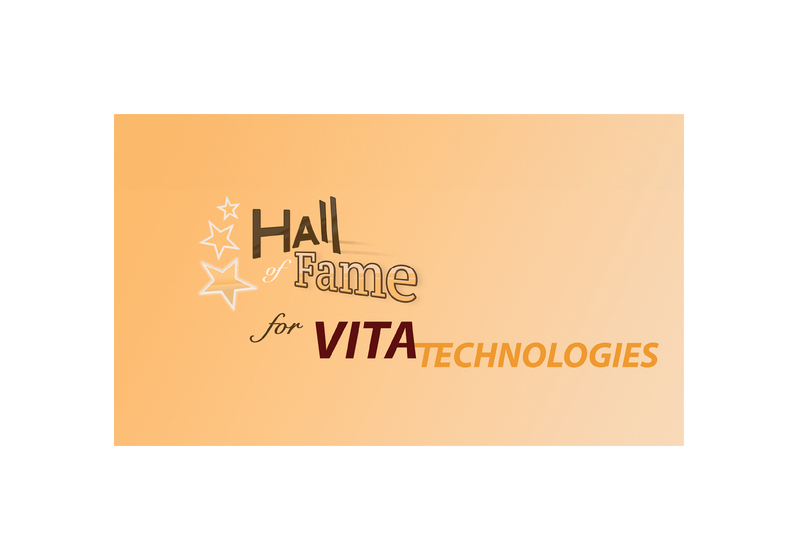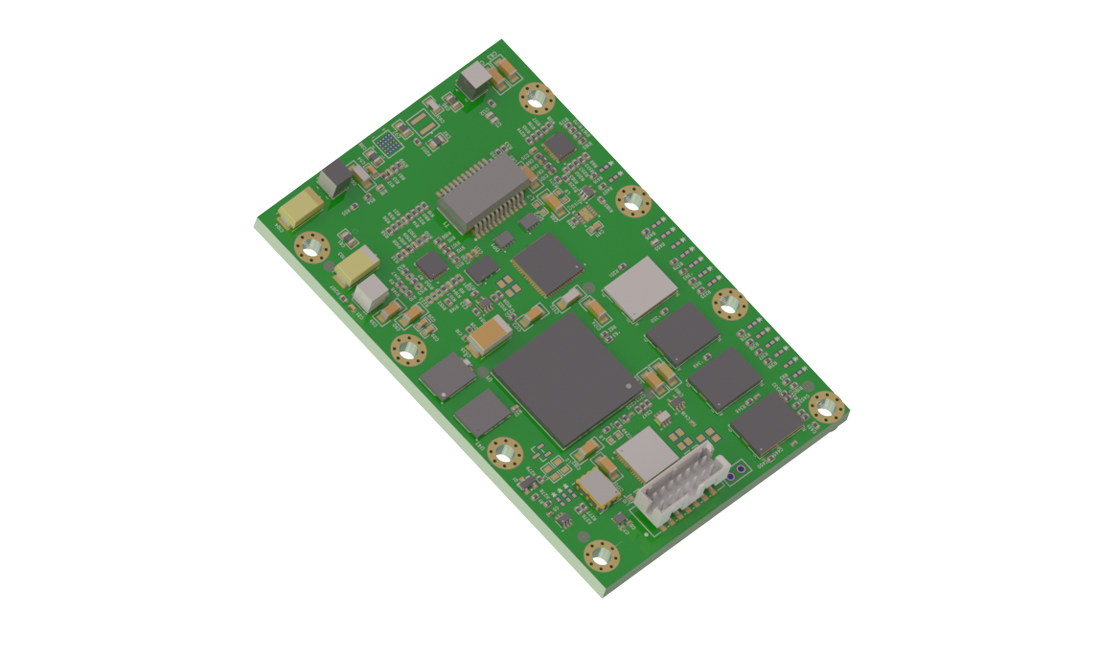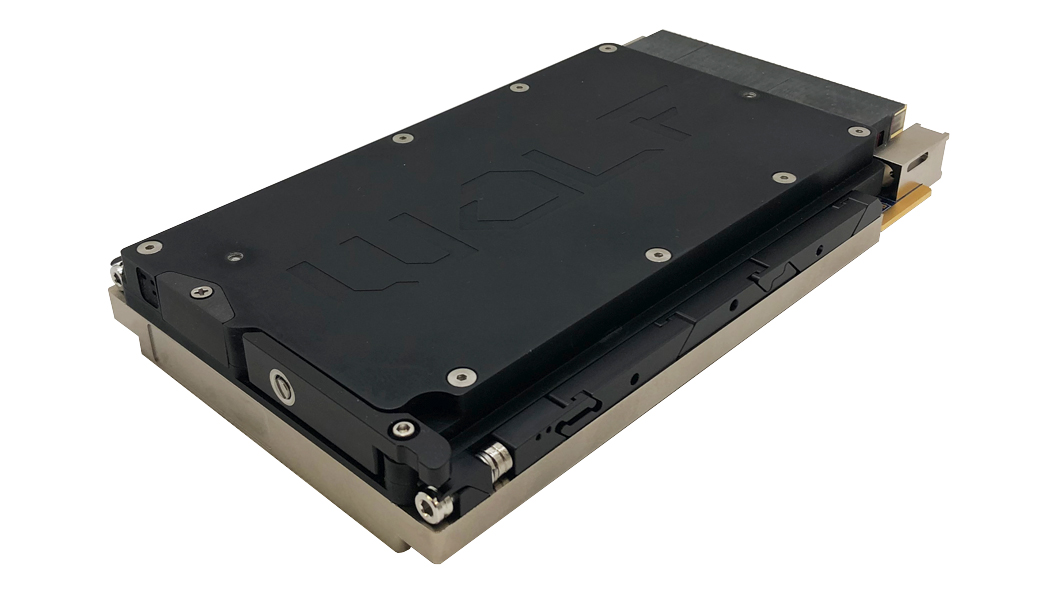Radiation hardening is a process in which the electronic components and semiconductors are made resistant to malfunctions caused due to electromagnetic radiation and particle radiation. These radiations are classified under ionizing radiation and they generally occur at high altitude, outer space, nuclear reactors and during nuclear warfare and nuclear accidents. Majority of the semiconductors and electronic components are vulnerable to such radiation effects; thus, to reduce the susceptibility, the manufacturing and designing of these semiconductors and electronic components is varied from their non-hardened counterparts. However, owing to the extensive cost involved in testing and developing radiation-tolerant designs of microelectronic chip, the radiation-hardened electronic and semiconductors have a propensity to lag behind in terms of recent developments. Radiation-hardened electronics and semiconductors are tested using several resultant effect tests such as total ionizing dose, neutron and proton displacement damage, single event effects and enhanced low dose rate effects.
Free PDF Sample For More Market insight can be Downloaded @ bit.ly/295ycEa
The environments at high altitude comprises high level of ionizing radiation, as a result, there are several challenges for the designers and manufactures of the electronics and semiconductor devices that can sustain the radiation effects. The major problem caused due to such radiations is signal spikes and electronic noise. These noise and spikes can be generated by a single charge particle that is capable of knocking thousands of loose electrons. This can in turn result in inaccuracies in implementation/execution of integrated digital circuits used in spacecrafts, satellites, military aircraft and nuclear weapons, and power stations. Owing to the demand for integrated digital circuits for such critical applications, it is important for the manufacturers to implement radiation hardening techniques to ensure that the components produced are resistant to radiations.
Browse Full Market Report With Complete TOC @ bit.ly/294qvNw
The radiation hardening techniques are classified under two categories namely, physical hardening and logical hardening. The physical hardening techniques include manufacturing the electronic components using insulating substrates such as silicon on insulator and silicon on sapphire. Additionally, bipolar integrated circuits, magneto resistive random access memory, shielding packages and capacitor based dynamic random access memory are the major electronic components that are radiation hardened. The logical hardening techniques includes parity checking, using redundant elements, using hardened latches and using watchdog timer to reduce the impact of radiation on the electronic circuits.
The radiation hardened electronics and semiconductors is primarily driven by the increasing demand for communication satellites which results is high demand for radiation hardened components. Moreover, several countries investing on the space projects to launch various satellites in outer space is further propelling the demand for radiation hardened electronic components and semiconductors. However, the major challenges for the manufacturers of these components is the demand for highly customized components and high cost involved to set-up the testing and developing facilities for such components. Conversely, with the increasing investments in research and development of electronics and semiconductors, it is expected that the impact of such challenges will minimize over the coming years.
The radiation hardened electronics and semiconductors market is segmented on the basis of applications and geography. The application segment comprises aerospace applications, defense applications and space applications. The space applications are further classified as commercial applications and military applications. The radiation hardened electronics and semiconductors market is dominated by players such as BAE Systems, Honeywell International, Inc., Microsemi Corporation, Xilinx Corporation, Atmel Corporation, Maxwell Technologies, Intersill Corp., Texas Instruments, Inc., Linear Technology Corp. and ST Microelectronics.







